Entrepreneurship Project: Developing a Business Vision and Strategy
VerifiedAdded on 2023/05/28
|9
|809
|63
Project
AI Summary
This entrepreneurship project presents a detailed vision for achieving multiple goals, including passing the civil service exam, launching an online tuition academy, and establishing it as a leading platform. The project addresses key questions related to preparation time, financial resources, and market scope. It outlines a clear mission to uplift the family's socioeconomic status while providing educational access to underprivileged children. The project draws inspiration from successful platforms like Unacademy and Byju's, detailing a marketing and implementation strategy that includes government scheme alignment and digital/non-digital marketing. It identifies potential risks, such as implementation delays and societal conservatism, and proposes mitigation strategies like government support and financial resource assurance. Ethical considerations emphasize equal access to education. The project concludes with a 6-word memoir, a personal reflection on failure, and a list of references.
1 out of 9
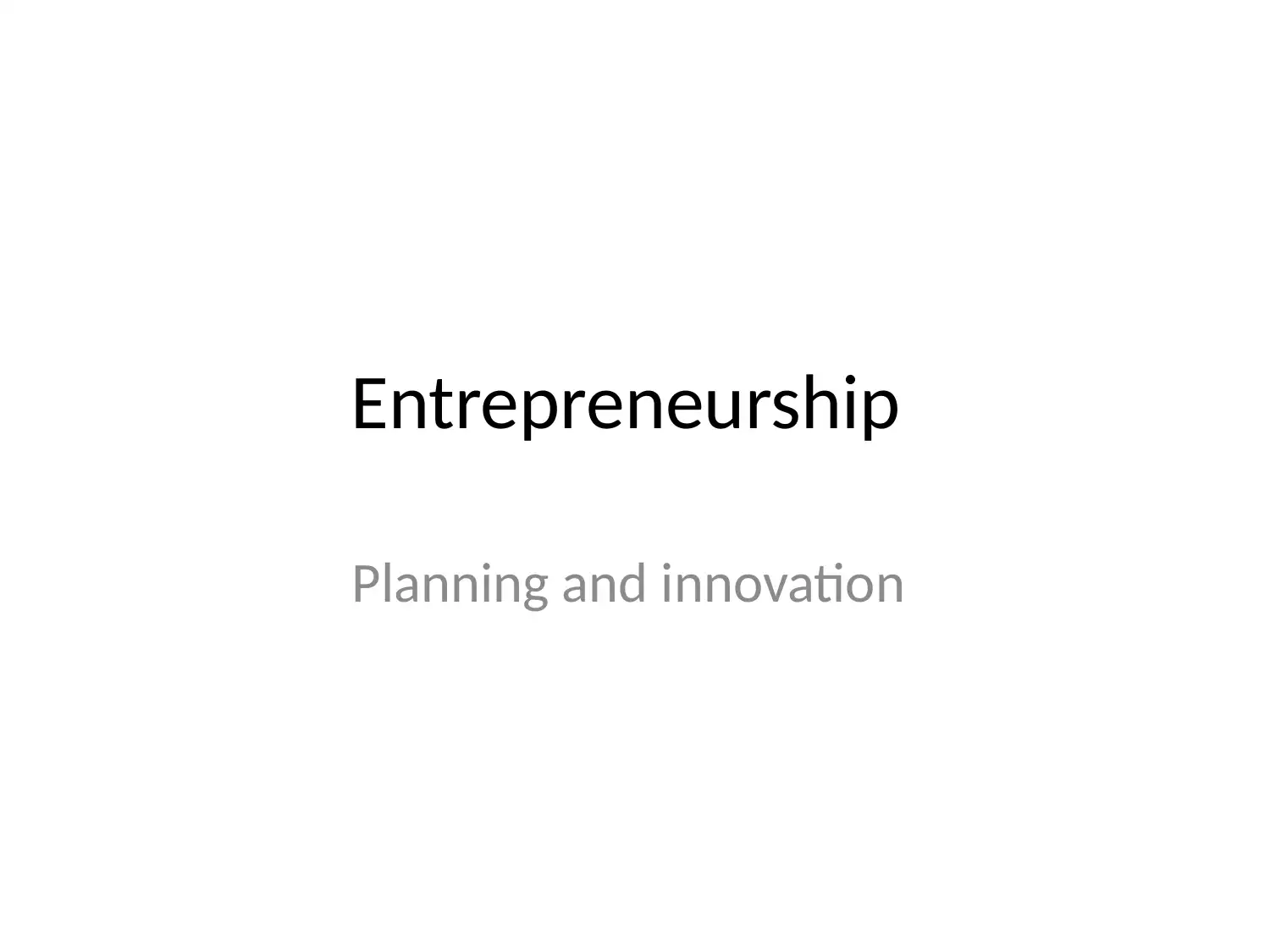
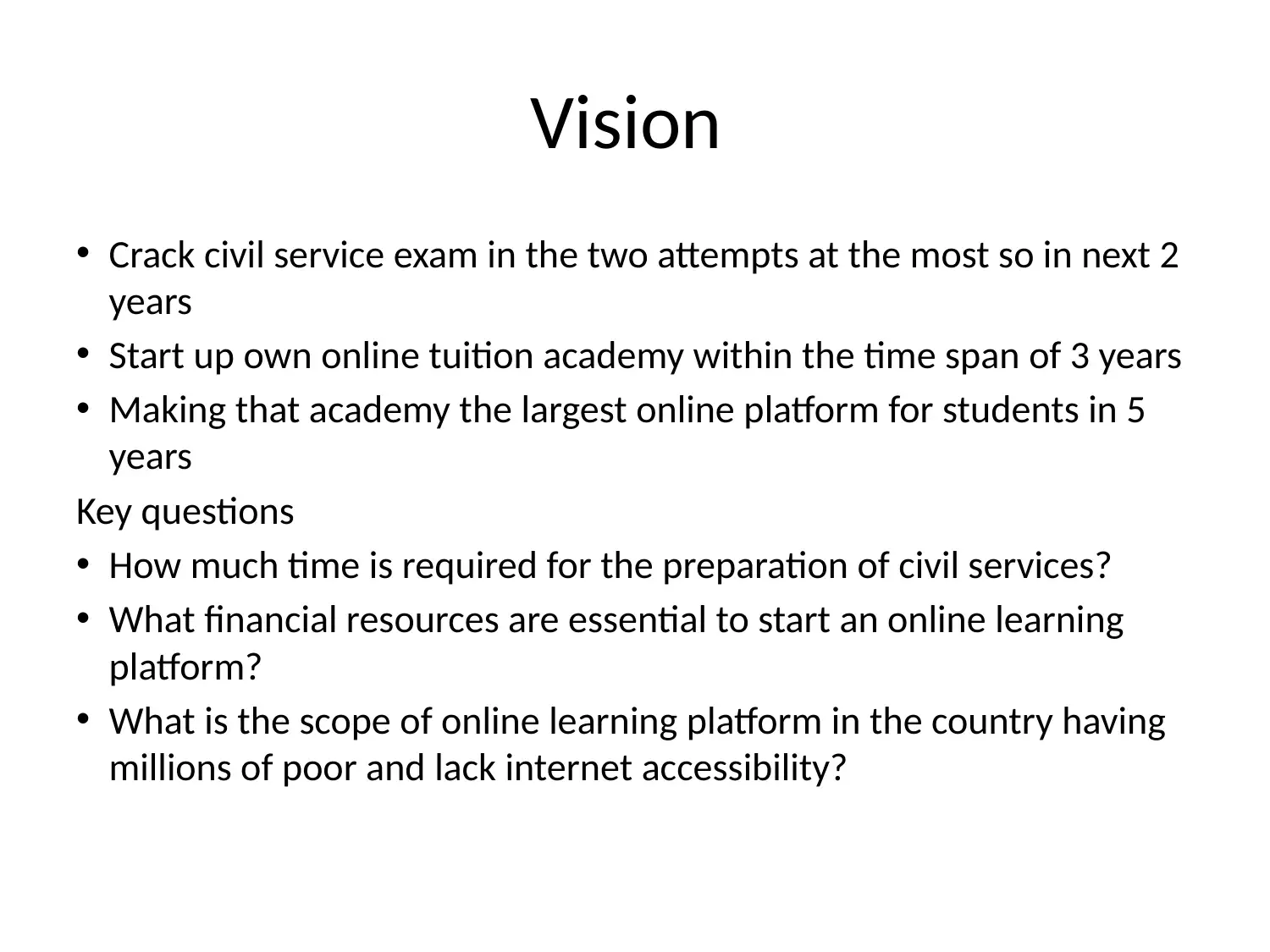
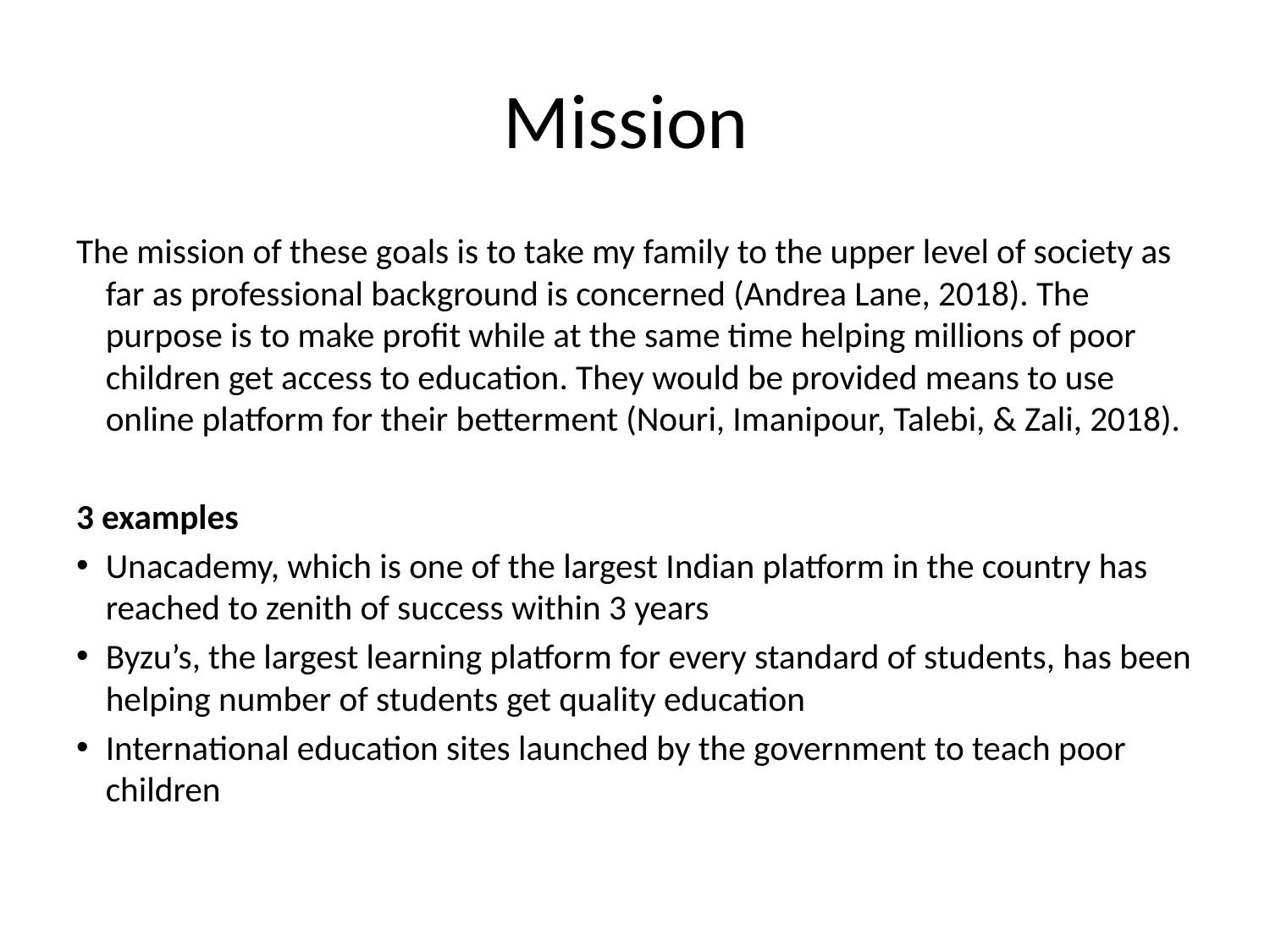

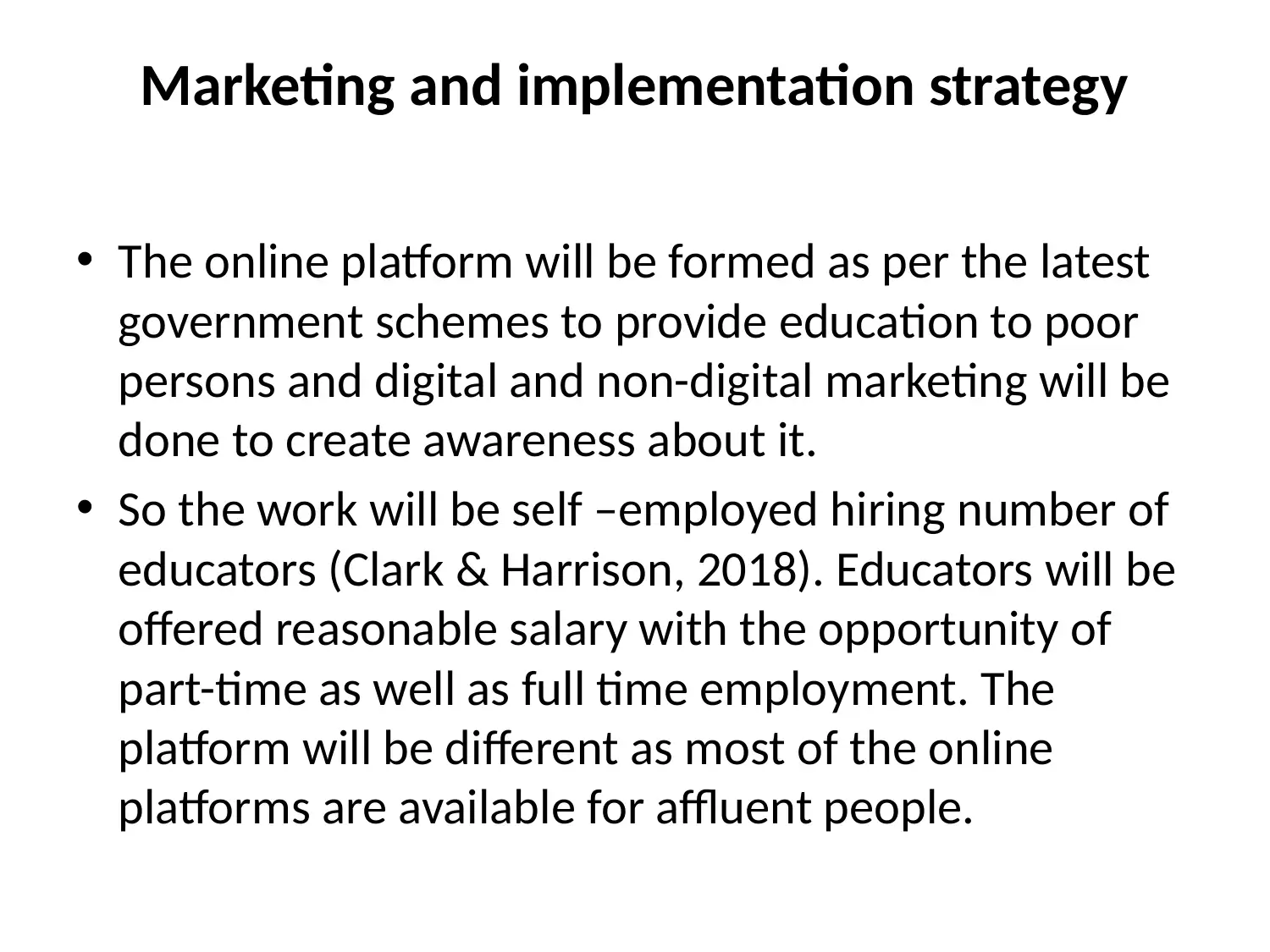
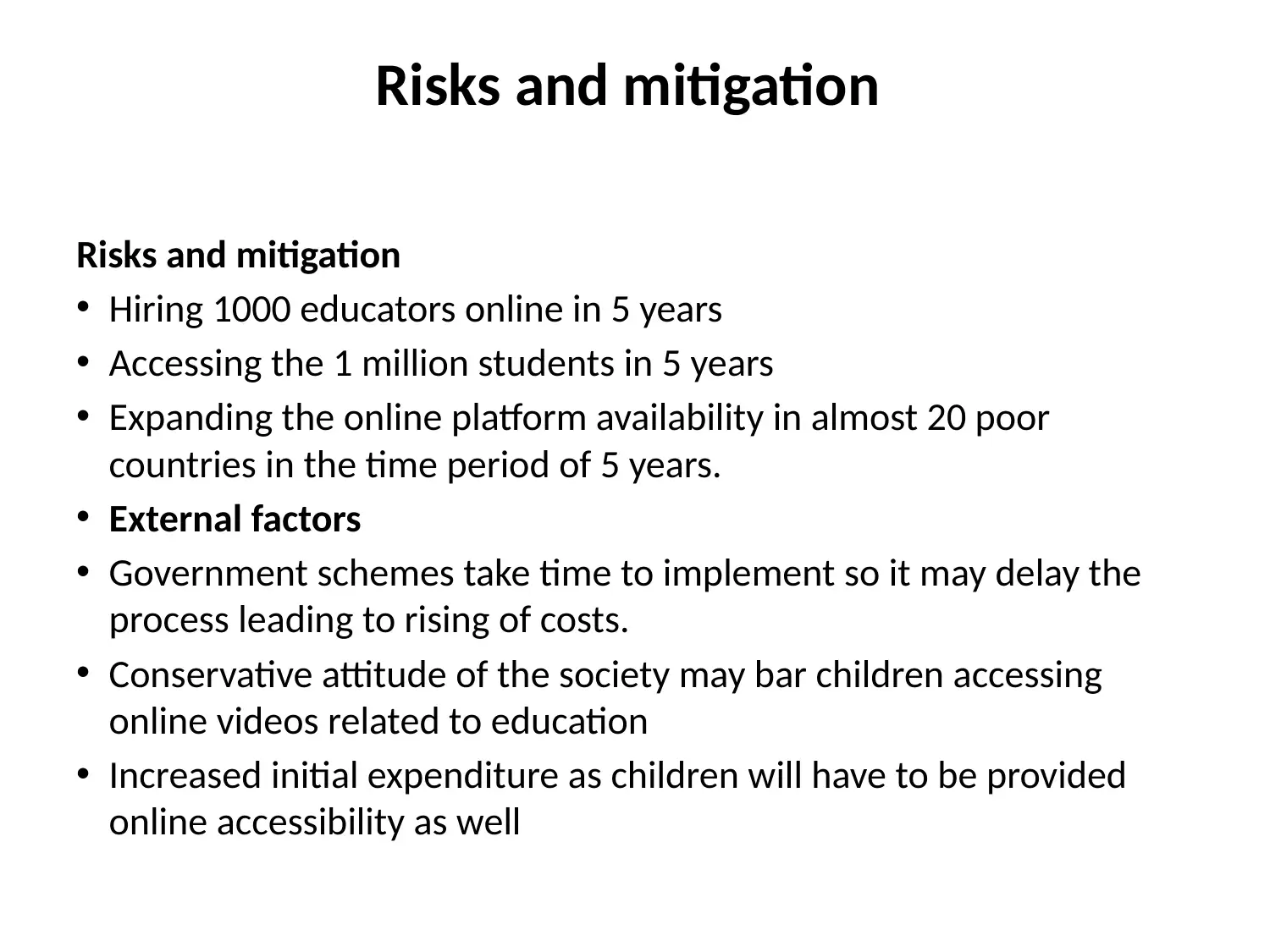


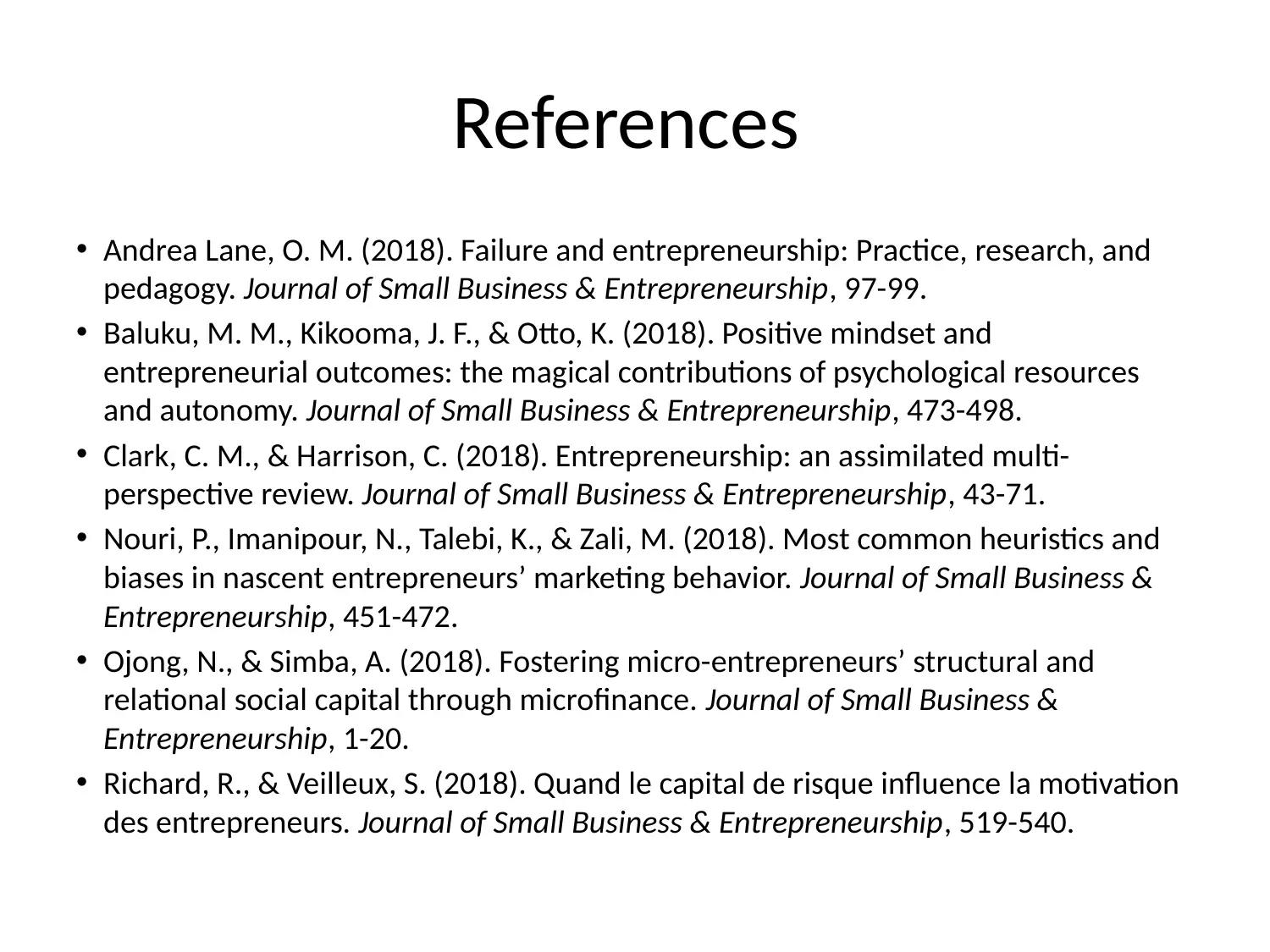
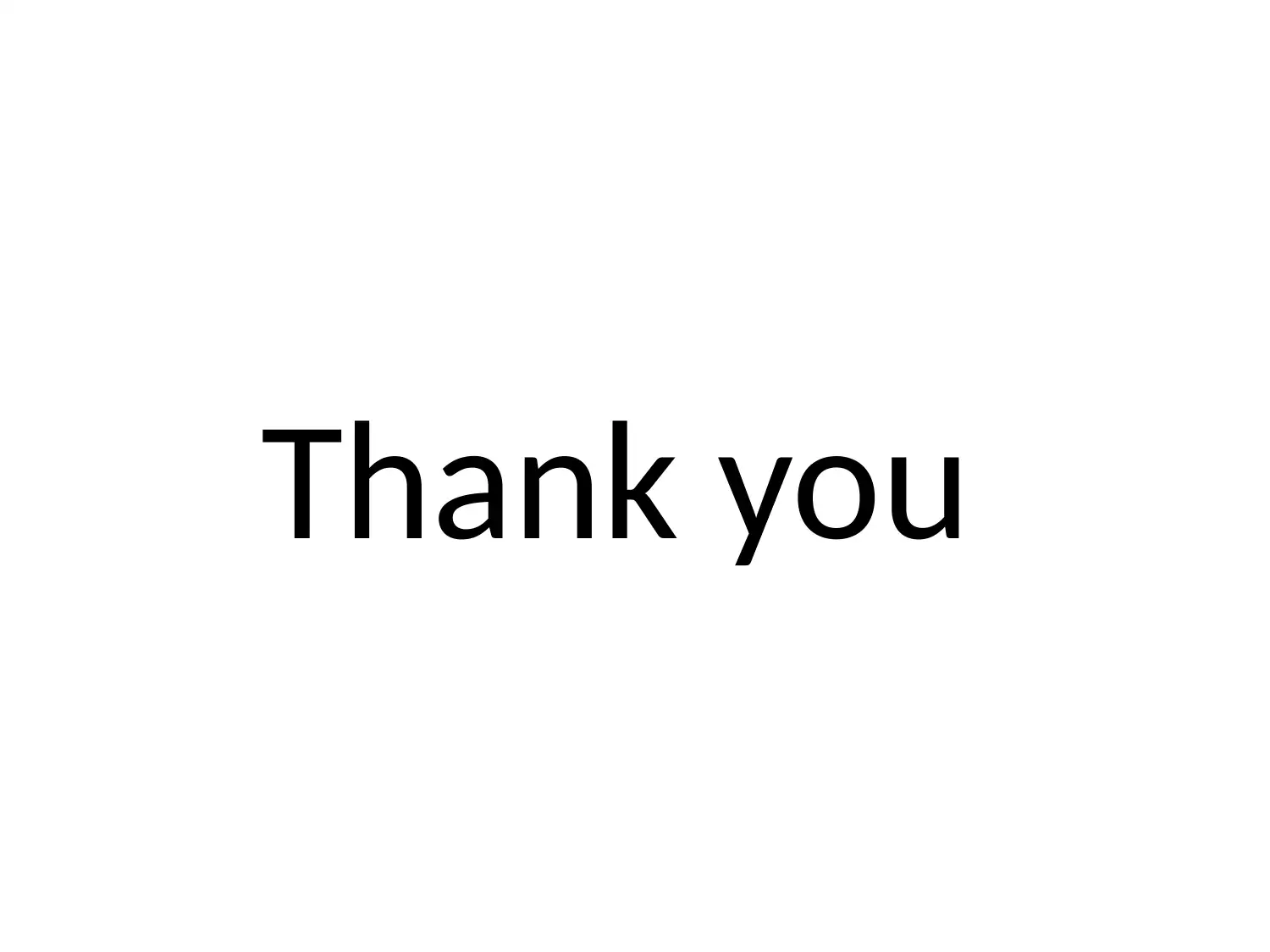





![[object Object]](/_next/static/media/star-bottom.7253800d.svg)